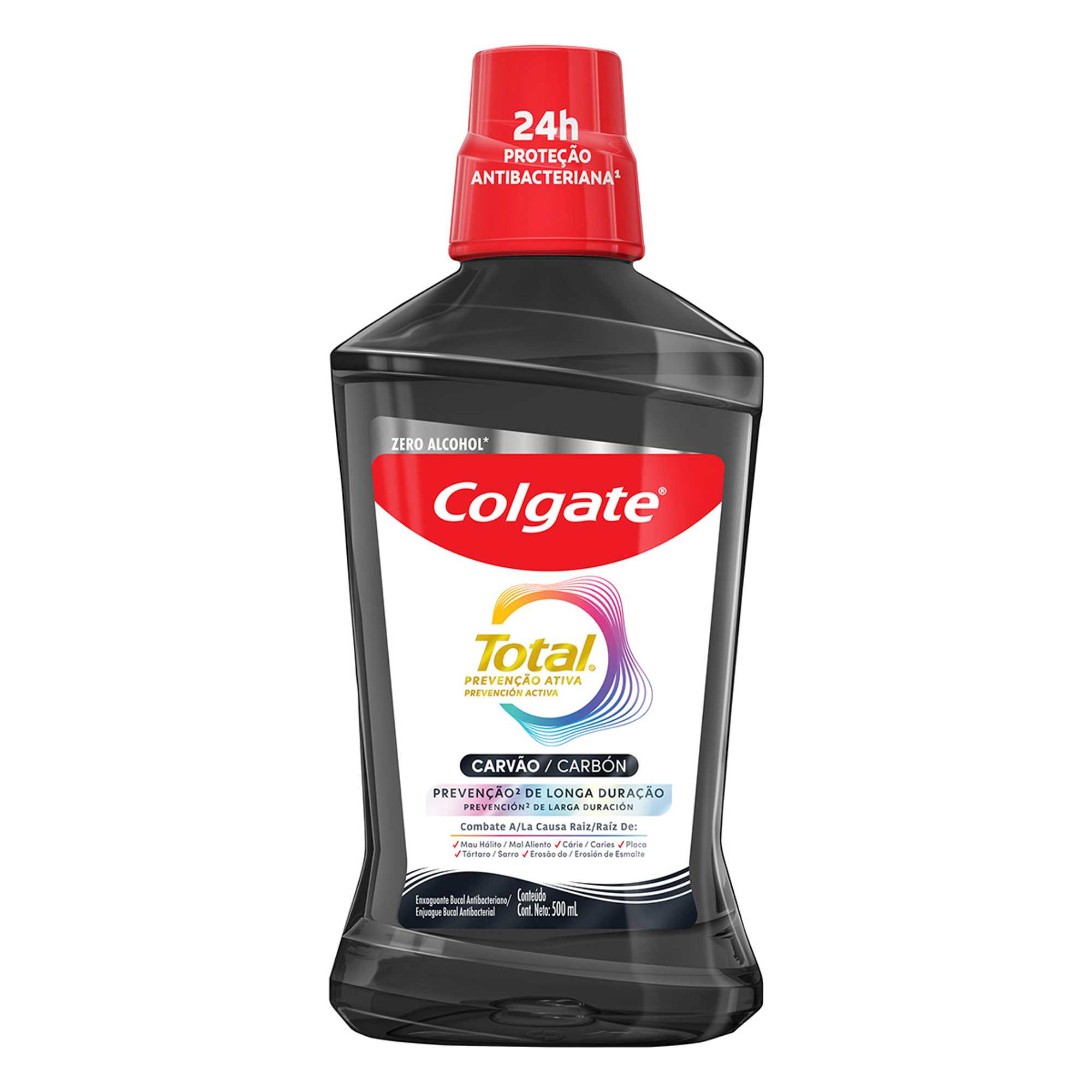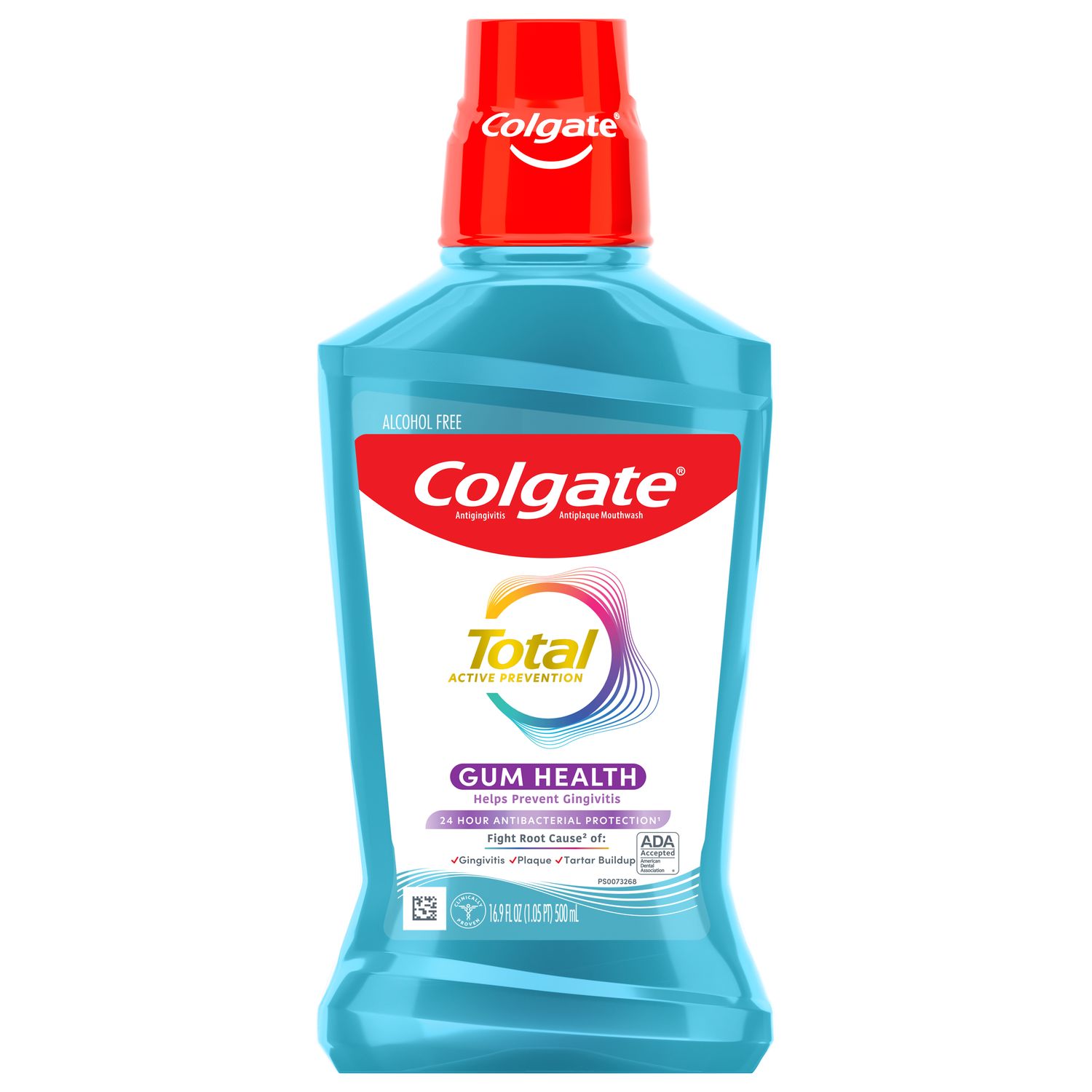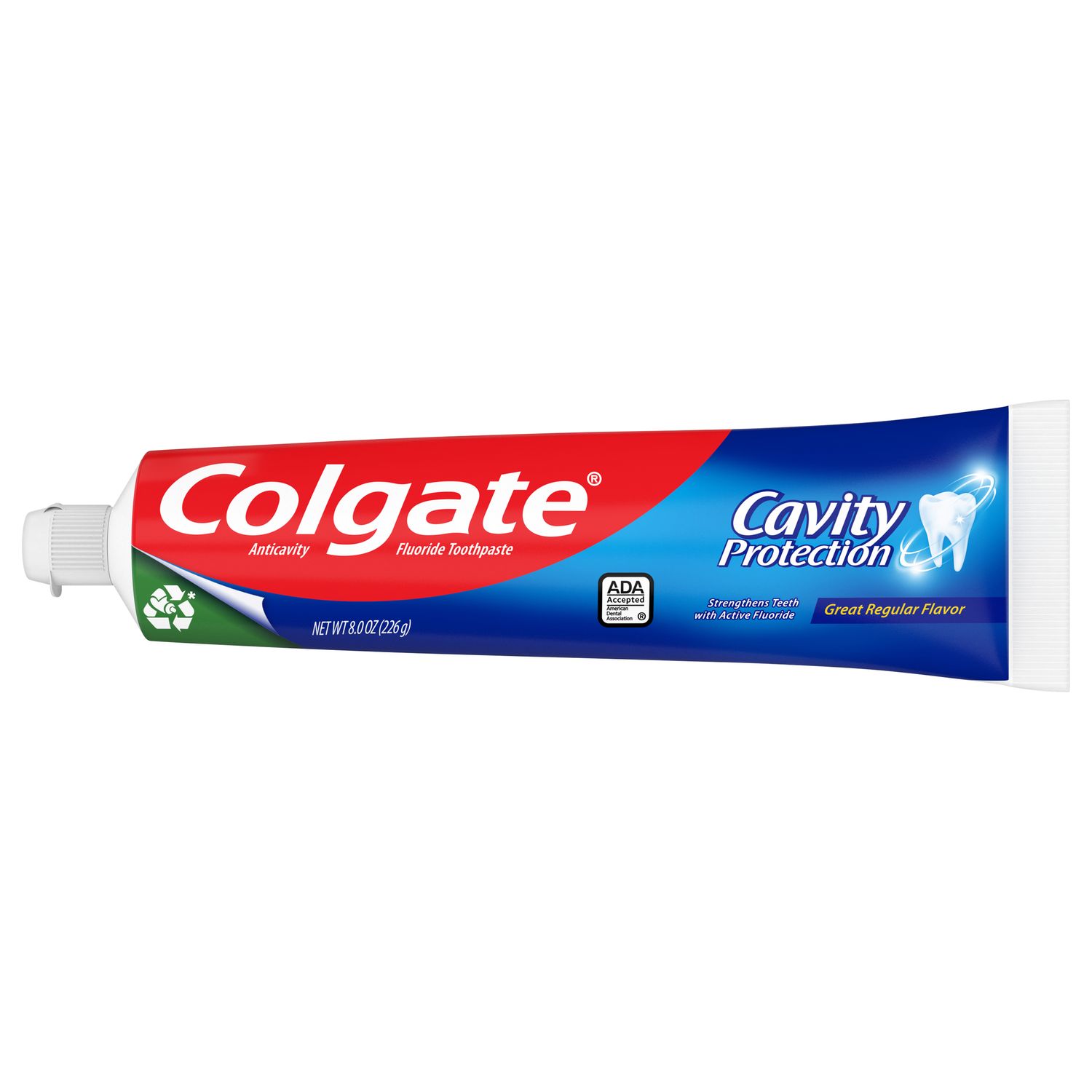Genetic Oral Abnormalities
According to the textbook Clinical Embryology: An Atlas of Congenital Malformations, tooth development begins at about 30 days in the gestational process and typically ends by age 19, when wisdom teeth erupt. During this period, developmental dental issues can arise. These are some of the genetic defects affecting the oral cavity:
Anodontia
Anodontia is the complete absence of teeth and is extremely rare.
Hypodontia
Hypodontia, or partial anodontia, describes when an individual is missing one to five teeth from birth (not including wisdom teeth). The most common missing teeth are second premolars and lateral incisors. This is the most common dental genetic abnormality, affecting 1 in 18 people.
Amelogenesis Imperfecta
This disorder results in defective or missing enamel, which is the outer protective layer of the teeth. It may also cause malocclusion, or misalignment. It affects only 1 in 7,000 to 14,000 people.
Dentinogenesis Imperfecta
This condition causes tooth discoloration or the appearance of translucency, as the National Institutes of Health (NIH) explains. The teeth are also typically weaker and more prone to breakage.
Cleft Lip and Palate
These are oral malformations that occur during the development of the fetus. The result is improper formation of the roof of the mouth, the lips or both, notes the NIH.
Other Hereditary Conditions that Can Affect the Mouth
While those genetic abnormalities specifically affect the teeth and mouth, there are many other hereditary systemic conditions that can have ripple effects in the oral cavity, as reported in the Shiraz University of Medical Sciences Journal of Dentistry:
Down Syndrome
Down syndrome can also be associated with macroglossia, which is an enlarged tongue, delayed eruption of teeth and partial anodontia.
Klinefelter Syndrome
Klinefelter syndrome can be related to cleft palate, missing premolars and delayed development of the permanent tooth germs.
Apert Syndrome
This condition can involve an open bite in the front teeth, malocclusion, delayed tooth eruption and crowding of the teeth.
Mohr Syndrome
People who have this syndrome may have cleft palate, a small tongue or notching of the upper lip.
Tricho-Dento-Osseous Syndrome
The dental characteristics of this syndrome include hypoplastic or poorly formed enamel.
Are Tooth Decay and Gum Disease Genetic?
Although tooth decay and gum disease are ultimately caused by the bacteria in dental plaque, there can be genetic factors that contribute to the progression of both diseases, explains the ADA. But keep in mind, environmental contributing factors, such as smoking, diet and poor oral hygiene, play the biggest role in promoting these diseases.
So, are oral health issues genetic? The final answer is, sometimes — depending on the issue. Certain developmental oral conditions indeed stem from genes, and other hereditary conditions that affect the body can subsequently affect the teeth and the oral cavity.
While the thought of having one of these rare genetic conditions can be frightening, visiting your dentist twice a year for regular checkups can help them identify any genetic conditions that may affect your oral health. Beyond your dental visits, keeping up with the factors you can control, such as your home oral care routine, will also help you maintain your best dental health.
Oral Care Center articles are reviewed by an oral health medical professional. This information is for educational purposes only. This content is not intended to be a substitute for professional medical advice, diagnosis or treatment. Always seek the advice of your dentist, physician or other qualified healthcare provider.
ORAL HEALTH QUIZ
What's behind your smile?
Take our Oral Health assessment to get the most from your oral care routine
ORAL HEALTH QUIZ
What's behind your smile?
Take our Oral Health assessment to get the most from your oral care routine















